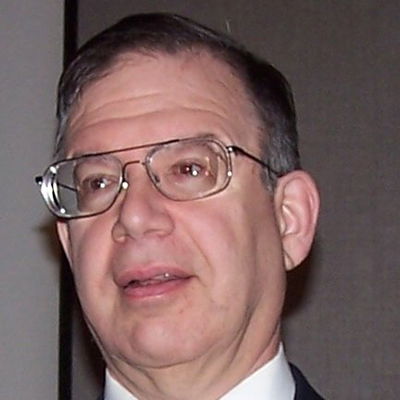Making ISO 9001:2015 the Servant, Not the Master
Faculty: William Levinson | Code: QT3371
- Date:1/24/2023 11:00 AM - 1/24/2023 12:00 PM
- Time zone: Eastern Time (US/Canada) Online Event
Description
Organizations often feel that they do not get value, in terms of bottom line financial and other performance metrics, from registration to ISO 9001:2015. This is because they treat the standard as their master, i.e. something they “have to do” to “get a certificate” to keep customers and other stakeholders happy. Those that treat it as a servant, i.e. a framework around which to build a strong quality management system, and even exceed the requirements by using it to attack the other six wastes of the Toyota production system, will realize tangible benefits. This presentation will provide an overview of how to do exactly that.
Areas Covered in the Session :
- The standard-as-servant is best described as, “Invisible when present, conspicuous when absent.” That is, organizations often take for granted the poor quality that does not happen because of the quality management system (QMS), and therefore dismiss the QMS as non-value-adding. In other words, ISO 9001 may already be our servant.
- Poor quality, whose prevention or correction is the focus of ISO 9001, is only one of the Toyota production system’s Seven Wastes. We can achieve superior results by extending the scope of clause 6.1, Actions to address risks and opportunities, to the other six wastes as well.
- A couple of clauses in the IATF 16949 automotive standard (which is ISO 9001:2015 plus additional requirements) are already precedents for this line of thinking.
- The takeaway is that, if we do only what the standard demands of us, we are likely to overlook the most important opportunities to improve our bottom line. This makes the standard our master rather than our servant.
- Risks of omission, and opportunity costs, are related to the things we don’t do right as opposed to the things we do wrong. The other six TPS wastes are often:
- Asymptomatic (they do nothing to announce their presence)
- Present 100% of the time as they are built into the job
- More costly than poor quality but invisible to the cost accounting system
- Uncertain with regard to total elimination (in contrast to elimination of poor quality, in which we can usually verify that we have gotten rid of the root cause)
- Henry Ford offered four simple, easily learned, and easily taught key performance indicators that any workforce (and other stakeholders) can use to identify risks and opportunities on sight.
- Waste of the time of things (cycle time)
- Waste of the time of people (motion inefficiency)
- Waste of materials (supports ISO 14001, the environmental management system standard)
- Waste of energy (supports ISO 50001, the energy management system standard)
- The Shingo process map can force all wastes of cycle time (to which inventory is proportional) to become visible. It is also compatible with the chemical engineering material and energy balance that can force all material and energy wastes to become visible.
- Once any of the Seven Wastes has been identified, we can hand it off to the organization’s existing CAPA process by treating the waste as a “nonconformance,” or a gap between current and desired performance.
Who Should Attend:
A must attend webinar for all Quality professionals, Manufacturing professionals and Engineers. It will certainly be helpful for everyone with responsibility for ISO 9001, or who seek to implement it in their organizations.
Course Director: William Levinson
 | William (Bill) A. Levinson, P.E., is the principal of Levinson Productivity Systems, P.C. He is an ASQ Fellow, Certified Quality Engineer, Quality Auditor, Quality Manager, Reliability Engineer, and Six Sigma Black Belt. He holds degrees in chemistry and chemical engineering from Pennsylvania State and Cornell Universities, and night school degrees in business administration and applied statistics from Union College, and he has given presentations at the ASQ World Conference, TOC World 2004, and other national conferences on productivity and quality. Mr. Levinson is also the author of several books on quality, productivity, and management. Henry Ford’s Lean Vision is a comprehensive overview of the lean manufacturing and organizational management methods that Ford employed to achieve unprecedented bottom line results, and Beyond the Theory of Constraints describes how Ford’s elimination of variation from material transfer and processing times allowed him to come close to running a balanced factory at full capacity. Statistical Process Control for Real-World Applications shows what to do when the process doesn’t conform to the traditional bell curve assumption. |